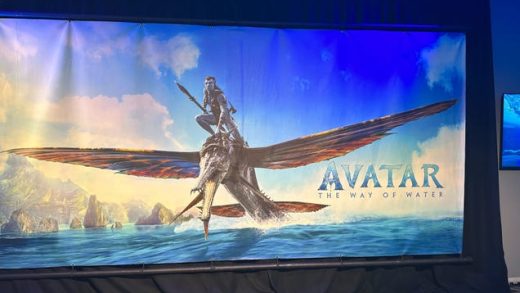Something about this time of year on Mars is reminiscent of 1939’s The Wizard of Oz.
Maybe it’s the ruddiness of the planet that gives off its own natural sepia tone like we see in Victor Fleming’s film adaptation. Maybe it’s the tornadoes, sometimes so tall they seem like they could lift more than a few farmhouses.
But one thing’s for sure about these freakish alien dust devils: You’re definitely not in Kansas if you see them. More like 140 million miles over the rainbow in space.
Though scientists have long known the hazards of the wind phenomenons churning up Martian dirt, NASA‘s Perseverance rover, a Mini Cooper-sized lab on six wheels, just caught a rare sight: one mega dust devil devouring another. Despite how often these whirlwinds occur, interactions between them are seldom observed.
“Convective vortices — aka dust devils — can be rather fiendish,” said Mark Lemmon, a Perseverance scientist at the Space Science Institute in Colorado, in a statement. “These mini twisters wander the surface of Mars, picking up dust as they go and lowering the visibility in their immediate area. If two dust devils happen upon each other, they can either obliterate one another or merge, with the stronger one consuming the weaker.”
NASA’s rovers just found similar gnarly rocks on opposite sides of Mars
This Tweet is currently unavailable. It might be loading or has been removed.
The video featured in the X post above, recorded on Jan. 25 at the Jezero Crater rim, shows a large dust devil — about 210 feet wide — overtaking a much smaller one, at just 16 feet across. As they collide, the weaker dust devil vanishes into the stronger one. Two other dust devils spin in the background. At the time, the rover was watching from about a half-mile away.
Dust devils on Mars form similarly to those on Earth, despite the fact that Mars’ atmosphere is much thinner. They tend to happen on dry days when the ground gets hotter than the surrounding area. Typically smaller than tornadoes, dust devils are whirlwinds that make a funnel-like chimney, channeling hot air up and around. The rotating wind then accelerates similar to the way spinning ice skaters move faster as they bring their arms closer to their bodies.
This Martian phenomenon leaves tracks — straight lines, curves, and curlicues — wherever it has traveled. Their color is a result of picking up the light dust that coats virtually all of the Red Planet and exposing layers of dark volcanic rocks.

Credit: NASA / JPL-Caltech / UA
The latest footage provides new insight into how these swirling columns of wind and dust interact with each other and the Martian atmosphere. Roughly half of the planet’s airborne dust is thought to come from them.
“Dust devils play a significant role in Martian weather patterns,” said Katie Stack Morgan, a Perseverance project scientist at the Jet Propulsion Laboratory, in a statement. “Dust devil study is important because these phenomena indicate atmospheric conditions, such as prevailing wind directions and speed.”
Taking a picture of a dust devil isn’t easy. Unlike hurricanes or thunderstorms on Earth, this kind of foul weather shows up without warning. Perseverance regularly scans the landscape for them on the off-chance it might catch one in action. Scientists study the rover’s images for trends, such as what time of day dust devils tend to be more active and where they come from.
NASA’s Viking orbiters were the first spacecraft to photograph the dust devils in the 1970s. Two decades later, the Pathfinder lander captured one from the ground and even detected a dust devil passing over it. Since then, a handful of other robots have observed the phenomena, with Perseverance recording the first audio of a whirlwind in 2021.
In the rover’s latest video, the life of the slighter dust devil is abruptly cut short by a superior twister. But one probably didn’t outlive the other by much, Lemmon said. Martian dust devils only last about 10 minutes.
Source : A great and powerful Martian dust devil swallows another in new video














